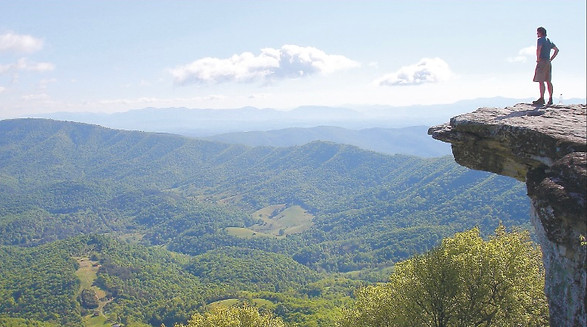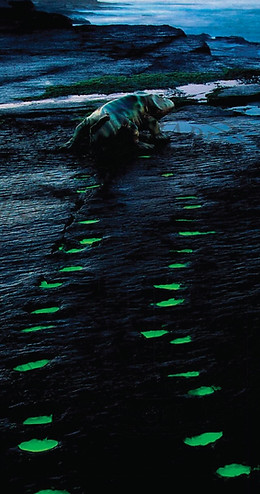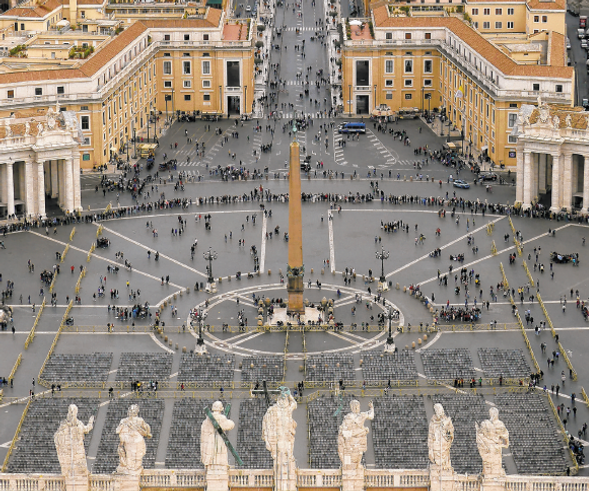Selected Writing
Star Tribune | Travel

Photo: Mike Vacek | Star Tribune
From Georgia to Maine, hikers pit themselves against the path.
In the thick woods of New Hampshire, a hiker known as Old School awoke at daybreak and lay still, listening to squirrels and songbirds chirp and trill. The leaves of maples and hemlocks stirred above; the sound grew louder and faded like a wave. Slowly, the man pulled the pants he’d been using as a pillow from under his head, coaxed them to the depths of his sleeping bag and eased his legs into them. Then he emerged from his tent into the chilly morning air, testing his body’s willingness to take yet another long walk in the woods.
64 Parishes

Photo: 64 Parishes
In Louisiana, like the rest of the country, attempts to ban books rise during times of cultural shifts that discomfort segments of society.
It didn’t take long for Debbie Coleman to convince the school librarian to destroy books she deemed offensive.
She walked into Andrew Jackson High School on a February day in 1976 and headed straight to the library. Coleman knew just where to find it; she had graduated from the all-girls public school in Chalmette just two years prior.
Star Tribune | Science & Health

Illustration: Nuri Ducassi | Star Tribune
Don't let the emotion scare you. Experiencing it yields some benefits.
Freddy Krueger is good for your well-being, not despite his melted face and razor blade-embellished glove. Because of them.
Star Tribune | Travel

Photo: Kerri Westenberg | Star Tribune
A rugged hike through the heart of Italy.
On a brisk spring morning in Rimini, I stood in a hushed cathedral with 11 other hikers, waiting for a bishop’s blessing.
Ahead lay days of strenuous trekking through Italy’s mountainous Emilia-Romagna region to the Sanctuary of La Verna, a Franciscan monastery in Tuscany. Together we would climb
and descend for 75 miles on paths, some rugged and steep. So far, we had walked just three flat city blocks. Given the rigors ahead, pausing for celestial aid
seemed wise.
National Geographic
Fossil finds have forced scientists to rethink when and how life came to land.
“Come to see our big fossils?” asks Joseph O’Shea as he greets a visitor from the red doorway of his house on Valentia Island off the remote southwest coast of Ireland. O’Shea, a whiskered, bright-eyed man in his 80s, is delighted with the unexpected company. “Never seen them myself,” he says, pointing a gnarled finger across a green pasture, “but they're on the far side of that field at the edge of the sea.”
Until 1992 no one had seen what has drawn me to this isolated coast just south of Dingle Bay—the fossilized footprints of a mysterious animal that lived more than 365 million years ago during the Devonian period.

Photo: Jonathan Blair | National Geographic
Star Tribune | Travel

Photo: Kerri Westenberg | Star Tribune
On posh Nantucket, even the not-so-rich can revel in the beauty and beaches.
... In the Jack Willis shop (think Ralph Lauren, but British), I watched a young girl wearing a Juilliard T-shirt stomp in, look around, put her hand on her hip and loudly ask her mother, "Where's the kids' section? That's what I want to know." (There was none.) When another mother-daughter duo bickered extravagantly over a credit card, I decided it was time to find the happy people.
We joined the line out the door at the Juice Bar, where the mood was full of summertime cheer and the ice cream was uber-rich—maybe a bit like the people waiting in line with us, though who could say when a scoop is $4.
64 Parishes
Jim Davis is this year’s Lifetime Contributions to the Humanities awardee
Jim Davis reveres words. The Tennessee native devoured My Weekly Reader as a boy, earned a Master’s Degree in English, counts writers among his friends, and introduces Louisianans to authors as the director of the Louisiana Center for the Book and the Louisiana Book Festival. Still, when asked what it means to be honored with the Lifetime Contributions to the Humanities award, he pondered a moment, then said, “I don’t have the gift of putting into words just how much it means to me. That is why I promote authors and am in awe of them—because they can put things into words, but I’m not good at it. I just think they are wizards.”
64 Parishes

Photo: The Historic New Orleans Collection | 64 Parishes
A Marrero company found sweet success with sugarcane fiber.
... The stones in those chambers originated in Italy, Germany, and France. The ceiling material traveled a much shorter distance. It came from Marrero, just down the Mississippi.
Star Tribune | Travel

Photo: Kerri Westenberg | Star Tribune
The city holds some of the world's greatest gems. To find them, start walking.
Like hordes before us, we entered Rome through its northern gate. ... Centuries before we arrived, barbarian tribes (so named by the Romans), stormed in here and sacked the city. Martin Luther also traveled this way. He came in the early 1500s to live in a monastery, from which he observed the Church and the Pope close-up, just nine years before he and his ideas rocked the world. Later, there was Queen Christina of Sweden, who in 1654 converted to Catholicism, abdicated her throne and rolled into her adopted city through Porta del Popolo dressed as an Amazon and riding in a chariot.
Unlike the Visigoths and the Gauls, and unlike the queen, my family and a friend came in peace and attempted to blend in with the Romans. And while Luther may not have liked what he saw, we did — very much.
Star Tribune | Travel

Photo: Kerri Westenberg | Star Tribune
In one of the country’s poorest regions, modern buildings dot Alabama’s bucolic landscape.
... Who would have thought that four architecture students could design and build the literal and figurative high point of this reborn park in Perry County, one of Alabama’s poorest?
Just such transformative feats have been occurring regularly in Alabama’s agricultural Black Belt since 1993, when the Rural Studio, part of Auburn University’s School of Architecture, launched in Hale County.
Star Tribune | Taste

Photo: Kerri Westenberg | Star Tribune
After shutter a favorite restaurant, chef Isaac Becker shares his secrets to perfecting steak at home.
I miss everything about Burch Steak, the restaurant that sparkled on the corner of Franklin and Hennepin avenues in the Lowry Hill neighborhood of Minneapolis.
... If I can't go there to celebrate my emergence from hibernation, I have decided to do the next best thing: to create some semblance of my usual Burch meal at home.
